Banned Books Week began after the 1982 Island Trees School District v. Pico Supreme Court case, which ruled that school officials cannot ban books in libraries simply because of their content. Over the years, families and educators have challenged all of the titles on our banned book list. But we think they deserve to be read, analyzed, and enjoyed.
When is Banned Books Week 2022?
Banned Books Week 2022 takes place the week of September 18-24. The books below are a perfect way to celebrate!
(Just a heads up, WeAreTeachers may collect a share of sales from the links on this page. We only recommend items our team loves!)
1. In the Night Kitchen by Maurice Sendak (Pre-K–2)

This picture book by the creator of the children’s classic Where the Wild Things Are has been challenged for depicting a child’s bare bottom in one illustration.
Why kids should read it
Sendak’s distinct and artistic storytelling style shows respect for the deeply emotional and imaginative worlds of children. Children deserve this serious attention and recognition while exploring the worlds of their own imaginations.
Activity to try
Encourage students to write and illustrate their own magical recipes, like the one in the story.
2. And Tango Makes Three by Justin Richardson and Peter Parnell (Pre-K–2)

Two male penguins, desperate to start a family of their own, adopt an egg to hatch. It is often challenged because it features a same-gender relationship.
Why kids should read it
This book sensitively addresses the questions of what constitutes a family. For the nearly six million Americans with an LGBT parent, it provides a mirror to see their families represented in the books they read at school.
Activity to try
Use the book as a springboard for discussing students’ own family structures.
3. The Adventures of Captain Underpants by Dav Pilkey (1–4)

This best-selling graphic novel series uses bathroom humor to get laughs. It has been challenged for offensive language and violence.
Why kids should read it
A well-established kid-favorite, especially for those with learning and attention issues, this series will keep reluctant readers engaged and wanting more and defines the qualities of a superhero and good friend.
Activity to try
Create an anchor chart of superhero traits to practice both identifying character traits and genre.
[contextly_auto_sidebar]
4. Nasreen’s Secret School: A True Story from Afghanistan by Jeanette Winter (2–4)
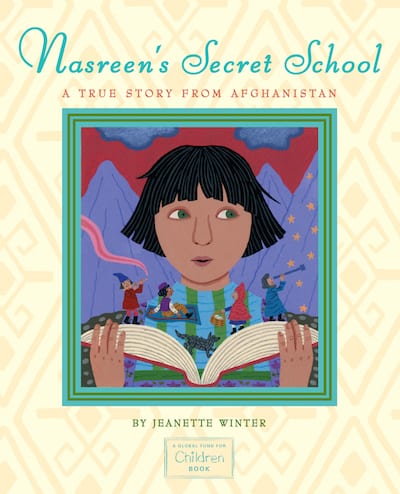
This inspiring book is about a grandmother who enrolls her granddaughter in a secret school for girls in Afghanistan. It has been challenged for its religious viewpoint and violence.
Why kids should read it
It affirms the life-changing power of education that many Western students may take for granted.
Activity to try
Use the book as a starting point for a conversation about how school is different around the world.
5. A Light in the Attic by Shel Silverstein (2–5)

This collection of 135 silly, irreverent poems has been challenged for glorifying children’s disobedience. One school disproved of the book because it “encourages children to break dishes so they don’t have to dry them.”
Why kids should read it
Kids devour these poems, poring over and delighting in every word. Reading and rereading each poem helps build fluency that is crucial for early readers.
Activity to try
Use the poems to practice identifying reading skills, such as identifying parts of speech.
6. Bridge to Terabithia by Katherine Paterson (4–7)
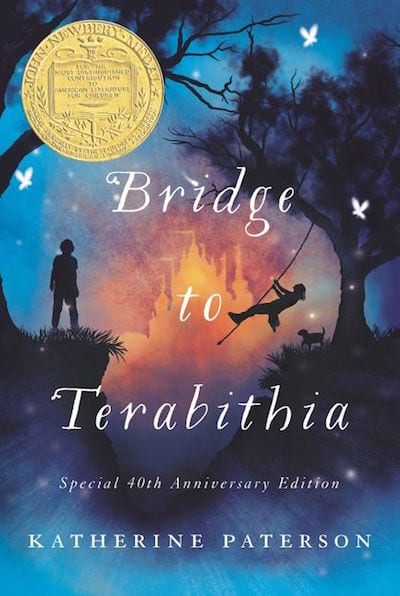
Fifth-grader Jess creates an imaginary world with his best friend, Leslie. He then deals with her sudden death in this Newbery Medal–winning novel that has been challenged for offensive language and promoting the occult.
Why kids should read it
This perceptive and moving novel teaches kids about unconditional friendship and how to cope with loss. The characters and story stay with students long after they have finished reading it; this is a book that kids never forget.
Activity to try
Discuss Jess’s evolution as a friend throughout the story.
7. James and the Giant Peach by Roald Dahl (4–7)
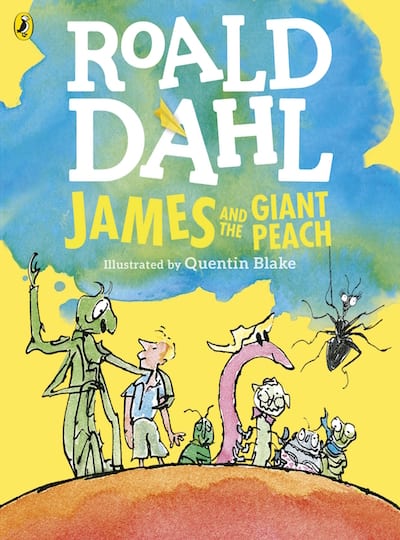
The story follows an abused young boy who magically travels with a group of talking insects inside a giant peach to New York City. Since its publication in 1961, the novel has been challenged for mysticism, promotion of disobedience, references to tobacco and alcohol, and for being too scary for children.
Why kids should read it
The poems in this story are especially great for choral reading, which can build students’ fluency, self-confidence, and motivation.
Activity to try
Perform a choral reading of one of the poems in the story. Find tips for choral reading here.
[contextly_auto_sidebar]
8. Drama by Raina Telgemeier (6–9)

This Stonewall Honor Award–winning graphic novel portrays the questions and confusion of middle school relationships, presenting a positive experience of coming out to friends. It has been challenged in school libraries because it includes LGBT characters.
Why kids should read it
As a graphic novel, this book is valuable because it can serve as both a bridge to other genres and a valid literary source in its own right.
Activity to try
Use Drama to teach visual literacy, story structure, inference, drawing conclusions, and identifying cause-and-effect relationships.
9. Roll of Thunder, Hear My Cry by Mildred D. Taylor (6–9)

This vivid story of an African-American family dealing with racism during the Depression won the Newbery Medal but has also been challenged for offensive language.
Why kids should read it
The honest depiction of racism during the Depression can open uncomfortable, but necessary conversations as students empathize with and see themselves in different characters.
Activity to try
Invite students to write in response to the story’s ending.
10. The Giver by Lois Lowry (6–9)
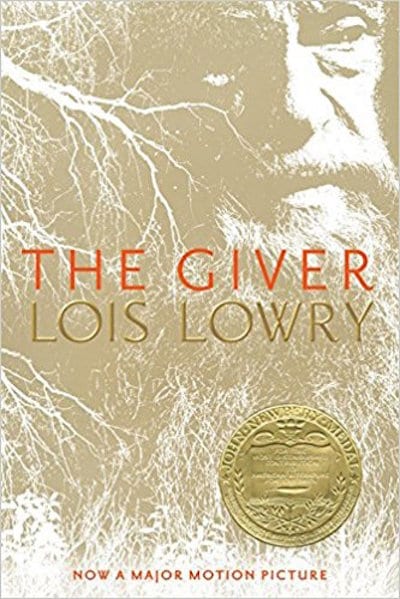
This haunting, dystopian novel tackles issues of euthanasia, suicide, and sexuality in a way that some parents deem unsuitable for middle-grade children.
Why kids should read it
The Giver gets students thinking about and discussing philosophical issues around what makes an ideal society.
Activity to try
The open ending creates a perfect writing prompt for students to extend the story. View more discussion questions here.
11. The Call of the Wild by Jack London (7 and up)
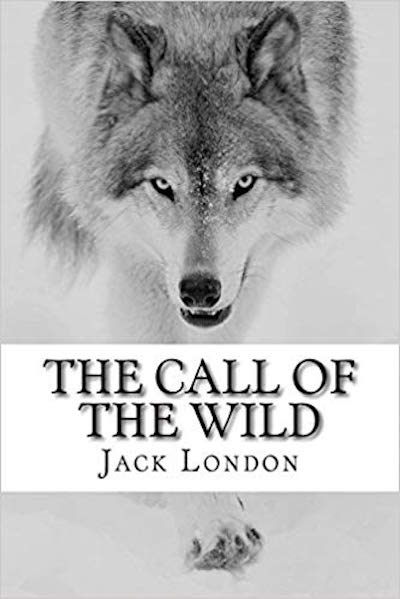
This classic adventure story set during the Klondike Gold Rush was burned in Nazi bonfires in 1933 because of the author’s socialist views.
Why kids should read it
This action-packed story is told from the perspective of a pack dog and allows students to explore the idea of seeing things from an animal’s point of view.
Activity to try
Have students write their own animal-centric tales.
12. Speak by Laurie Halse Anderson (9 and up)

This National Book Award finalist explores the inner turmoil of a high school freshman after being date-raped. Its unflinching honesty has drawn challenges from parents who think it is unsuitable for young teenagers.
Why kids should read it
Published long before the #MeToo movement, this book models speaking truth to power. Too many girls are burdened with the weight of silence, and too many boys are unaware of their own toxic masculinity. Sadly, this is a reality for young teenagers, so we all need to talk about it.
Activity to try
Discuss the title of the story and its significance.
13. The Hate U Give by Angie Thomas (9 and up)

Starr is the sole witness of the murder of her childhood friend by a white police officer in this transformative and gripping YA novel. Despite winning multiple awards, it was challenged in school libraries because of drug use, profanity, and offensive language.
Why kids should read it
An engaging narrator and storyline encourage students to connect their reading to real-world contexts and develop critical consciousness of a crucial issue affecting many Americans today.
Activity to try
Listen to radio interviews related to the Black Lives Matter movement and discuss the themes of the story.
14. Their Eyes Were Watching God by Zora Neale Hurston (10 and up)

Even though it is regarded as a seminal work of literature, parents have objected to the 1937 novel’s language and sexual explicitness.
Why kids should read it
It shows students the ways a writer can use language in beautiful and inventive ways to bring a character and setting to life.
Activity to try
Compare the novel to its movie adaptation (such comparisons are part of the Common Core Standards).
15. Native Son by Richard Wright (10 and up)

Parents have raised concerns about profanity, violence, and sexuality in this book about a man on trial for murder in the 1930s.
Why kids should read it
With its themes of class privilege, racism, poverty, and criminal justice, Native Son is as important today as it was when it was published in 1940.
Activity to try
View some suggested discussion questions here.
16. Invisible Man by Ralph Ellison (10 and up)
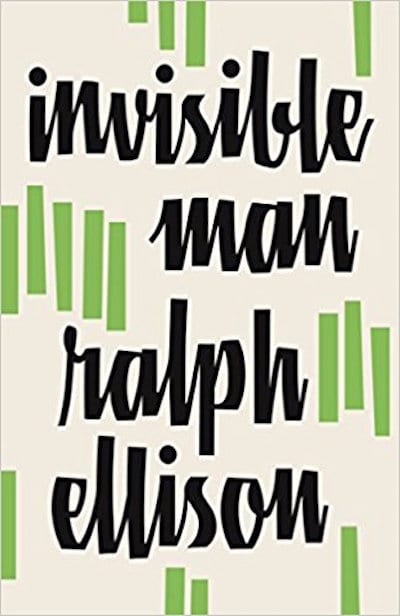
This novel about a Black man’s coming of age won the National Book Award in 1952. It has been challenged for its profanity and images of violence and sexuality.
Why kids should read it
Especially relevant today, Ellison’s provocative critique of society challenges students to question their ideas of personal identity, personal responsibility, anonymity, and what it means to be visible in modern life.
Activity to try
Discuss the role that naming plays in the story.
What did we forget to include on our must-read banned book list? Come and share in our WeAreTeachers HELPLINE group on Facebook.
Plus, our favorite quotes from banned books!

